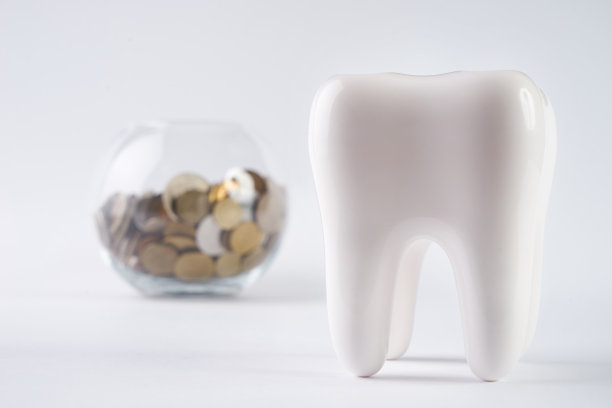The Essential Guide to Extracting a Tooth for Optimal Dental Health and Recovery
Summary: Tooth extraction is a critical procedure that can significantly impact one’s dental health and recovery. This guide explores essential aspects including the reasons for extraction, preparation for the procedure, post-extraction care, and potential complications to be aware of. Understanding each step of the process helps mitigate anxiety associated with the extraction and promotes optimal recovery. By focusing on these key areas, patients can better navigate their dental experiences, ensuring a healthy mouth and effective healing. This holistic approach will equip individuals with the knowledge needed for a smoother extraction journey.
1. Understanding Tooth Extraction Necessities

Tooth extraction may become necessary for various reasons, including severe decay, overcrowding, or periodontal disease. Decay that reaches the inner layers of a tooth can cause significant pain and lead to complications if not addressed promptly. In cases where individuals have overcrowded teeth, a dentist may recommend extraction to facilitate orthodontic treatment. Recognizing these conditions early allows for timely intervention.
Moreover, wisdom teeth removal is a common practice, generally advised when these teeth do not have enough room to emerge properly. Wisdom teeth can cause infection or misalignment, thus necessitating extraction. By understanding these reasons, patients can remain informed and proactive about their dental health.
Ultimately, discussing any dental concerns with a dentist will clarify the need for extraction. A professional evaluation ensures that decisions made about extractions prioritize both the patients’ current and future oral health.
2. Preparing for the Tooth Extraction Process
The preparation phase for a tooth extraction is crucial for reducing anxiety and enhancing safety. Patients should engage in a detailed discussion with their dentist about the procedure, potential risks, and methods of sedation. By understanding the process, patients can feel empowered, alleviating any fear of the unknown.
Additionally, it is vital for patients to disclose their medical histories. This includes medications currently being taken, as certain drugs can influence bleeding and healing. A comprehensive evaluation of medical history enables the dentist to tailor the extraction approach, ensuring maximum safety.
Lastly, patients should prepare for their recovery by arranging transportation after the procedure, as sedation may impair their ability to drive. Stocking up on soft foods and staying hydrated is also advisable to facilitate recovery. Adequate preparation can significantly enhance the extraction experience.
3. Post-Extraction Care for Recovering Well
Post-extraction care is integral to a smooth recovery process. It is important for patients to follow their dentist’s aftercare instructions meticulously to reduce the risk of complications. Applying gauze to the extraction site, as instructed, can help control bleeding. Patients should avoid using straws for the first few days, as it creates suction that can dislodge blood clots necessary for healing.
Moreover, managing pain and swelling is part of the recovery process. Over-the-counter pain relievers or prescribed medications can alleviate discomfort, while ice packs applied to the cheek can help reduce swelling. Taking these measures as soon as symptoms arise is essential for a more comfortable healing phase.
Maintaining a balanced diet post-extraction is also crucial. Soft foods like yogurt, applesauce, and mashed potatoes can provide necessary nutrition while promoting easy consumption. Staying hydrated by drinking water is equally important, as it contributes to faster healing.
4. Recognizing and Addressing Potential Complications
Even with proper care, complications can occur following a tooth extraction. One common issue is dry socket, where the blood clot at the site of extraction fails to develop or is dislodged, leading to pain and delayed healing. Awareness of this condition can lead to timely intervention. Patients who experience severe pain or an unusual taste in their mouth should contact their dentist immediately.
Infection is another risk that cannot be overlooked. Signs can include fever, swelling, and pus oozing from the extraction site. Immediate consultation with a dental professional is vital if these symptoms present themselves, as antibiotics may be necessary.
Lastly, prolonged bleeding can also indicate the need for professional assistance. Patients should be aware that while some bleeding is normal for up to 24 hours after the extraction, excessive bleeding should be evaluated by a dentist to ensure proper healing.
Summary:
In conclusion, tooth extraction is a critical procedure warranting careful consideration and preparation. Understanding the necessities and following guided post-extraction care significantly contribute to optimal dental health and recovery. Education on both the procedures and potential complications enables patients to take an active role in their oral care journey.
This article is compiled by Vickong Dental and the content is for reference only.



